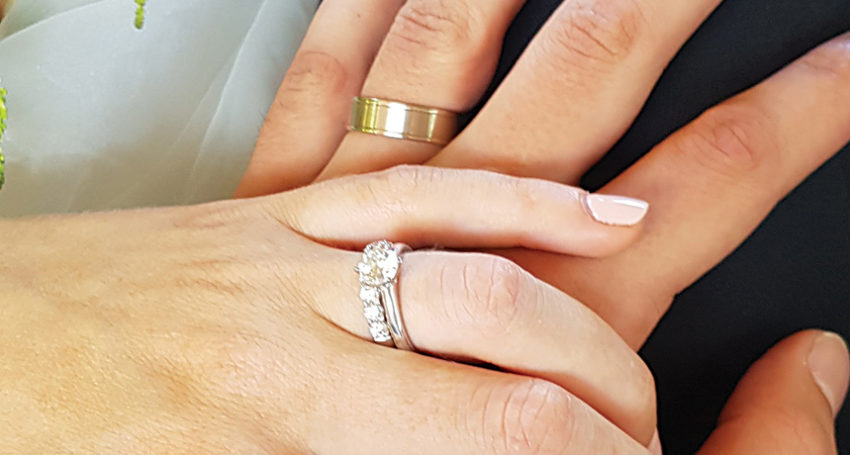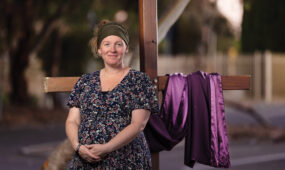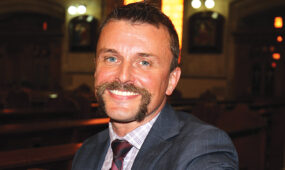History of the Sacrament of Marriage
People
Did you know that the first official Roman ritual for Christian marriage only appeared in 1614 and was only officially recognised as one of the seven sacraments in the Middle Ages?

In the first millennium the Church accepted marriage as a secular reality and there was no Christian ritual accompanying its celebration. It ‘belonged’ to the family and to civil authorities. The only role that the Church played was to discourage Christians from partaking in any pagan practices contrary to the Christian spirit (like sacrificing to idols).
Already in the culture of ancient Rome, marriage in the upper classes included formal consent, a wedding ring, a white dress for the bride and purple veil with flowers. For the lower classes marriage was based on the free consent of the spouses, known as a ‘common law’ marriage. From the 4th century (when Christianity was recognised as the accepted religion in the Roman Empire) there was the possibility of a liturgical blessing during the household wedding. By the 9th century this mutual consent had to be given in the presence of witnesses but remained a civil and familial ceremony.
Advertisement
Gradually, however, as the Church’s influence grew, the marriage ceremony shifted from the home to the front entrance of the church, and finally, to the assembly within the church. Consent remained the essential element, but now the priest received the consent after a public, pre-nuptial investigation. Now it was customary for the spouses to participate in the Eucharist on the day the bride moved to the groom’s house and a prayer of blessing was prayed. But none of this ‘ritual’ was compulsory and marriage did not formally belong to the Church.
It was the subsequent breakdown of societal institutions and the abuse of the common law system of marriage that led to the Church taking on the oversight of marriage. The bishops wanted to protect women from abduction, repudiation (informal divorce) and clandestine marriage and so they insisted on the solemnisation of marriage with a priest as witness. Thus civil marriage became ‘ecclesiastical’ marriage, with Church laws regulating the terms of the celebration.
Related Story
 People
People
Preparing for life as a married couple
It was in the Middle Ages that the Church first named marriage as one of the seven sacraments and took its theology of marriage from St Augustine, who saw marriage as a symbol of the insoluble union between Christ and the Church. The marriage contract, then, could not be dissolved. In the 16th century, the Council of Trent ratified this understanding and decreed that spouses should undergo three inquiries in church before the celebration and have two witnesses present at the wedding ceremony itself. The primary purpose of marriage was named as procreation.
The Second Vatican Council (1962-1965), reacting against the juridical ‘contract’ mentality of previous centuries, defined marriage as a community of persons within which the spouses give and accept each other and as an intimate partnership of marital life and love. The idea of ‘contract’ was replaced with that of ‘covenant’, while retaining a strong emphasis on marriage being a symbol of the love between Christ and the Church.







Comments
Show comments Hide comments